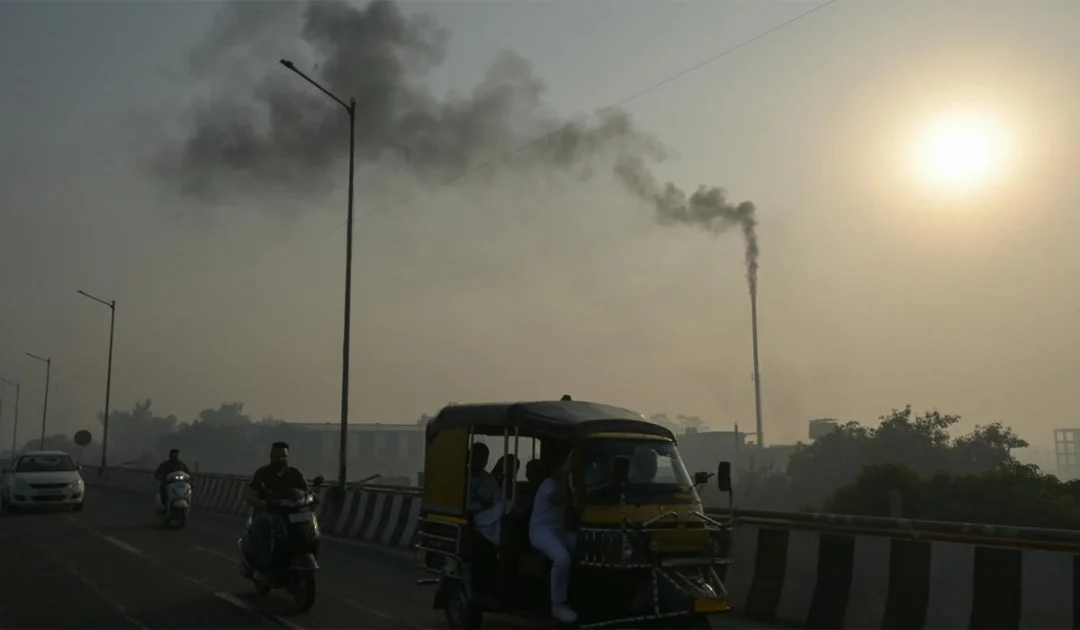- AFP
- Today
Is China helping or harming the environment in Southeast Asia?
-
- DW
- Aug 24, 2025

SOUTHEAST ASIA: Chinese companies are expanding their presence in Southeast Asia through investments in both renewable energy and heavy industry, raising concerns over the environmental and political impacts of their activities in the region.
Chinese capital is funding a wide range of projects, including solar farms and hydropower dams, but also nickel processing plants and rare earth mining operations. While these developments provide economic opportunities, environmental groups and some analysts say they come at a significant ecological and social cost.
Also read: China for eradicating breeding ground for terrorism
One factor driving Chinese firms abroad is stricter environmental regulation and overcapacity at home. Southeast Asia’s comparatively lower labor costs, looser environmental enforcement, and resource-rich terrain have made it an attractive destination for these industries.
In Indonesia, Chinese-run nickel plants have faced strikes and protests over working conditions and environmental issues. The Indonesian government recently announced sanctions on companies found in violation of environmental rules at the Morowali Industrial Park in Sulawesi, a major hub run by China’s Tsingshan Holding Group. According to a report by C4ADS, more than 75 per cent of Indonesia’s nickel refining capacity is now controlled by Chinese firms.
Environmental concerns have also been raised along the Mekong River, where rare earth extraction operations in Myanmar – many linked to Chinese companies – are alleged to be polluting waterways. Communities in Laos and Thailand have reported spikes in arsenic and other toxic substances. Thai authorities recorded arsenic levels five times higher than international drinking water standards in some areas near the border with Myanmar.
In Laos, NGOs have warned of further pollution risks from planned hydropower projects funded by Chinese firms. Critics say such dams could trap contaminated sediment and affect downstream water quality.
Despite growing criticism, China remains the region’s largest investor in renewable energy. According to Zero Carbon Analytics, China invested over $2.7 billion in Southeast Asia’s clean energy sector in the past decade, mainly through the Belt and Road Initiative. However, analysts note that this green investment coexists with ongoing expansion into highly polluting industries, including steel and waste-paper processing.
Analysts also highlight that Southeast Asian governments often prioritize economic development over environmental protection. Many have pursued “resource nationalism” policies, such as requiring domestic processing of raw materials, which can increase pollution unless environmental controls are improved.
Also read: 12 Chinese construction workers dead in bridge collapse
Juliet Lu of the University of British Columbia noted that while China supplies expertise and financing in sectors often avoided by Western firms, questions remain about how non-Chinese companies would behave under similar conditions. She said China’s involvement reflects both demand for infrastructure in the region and limited alternatives.





